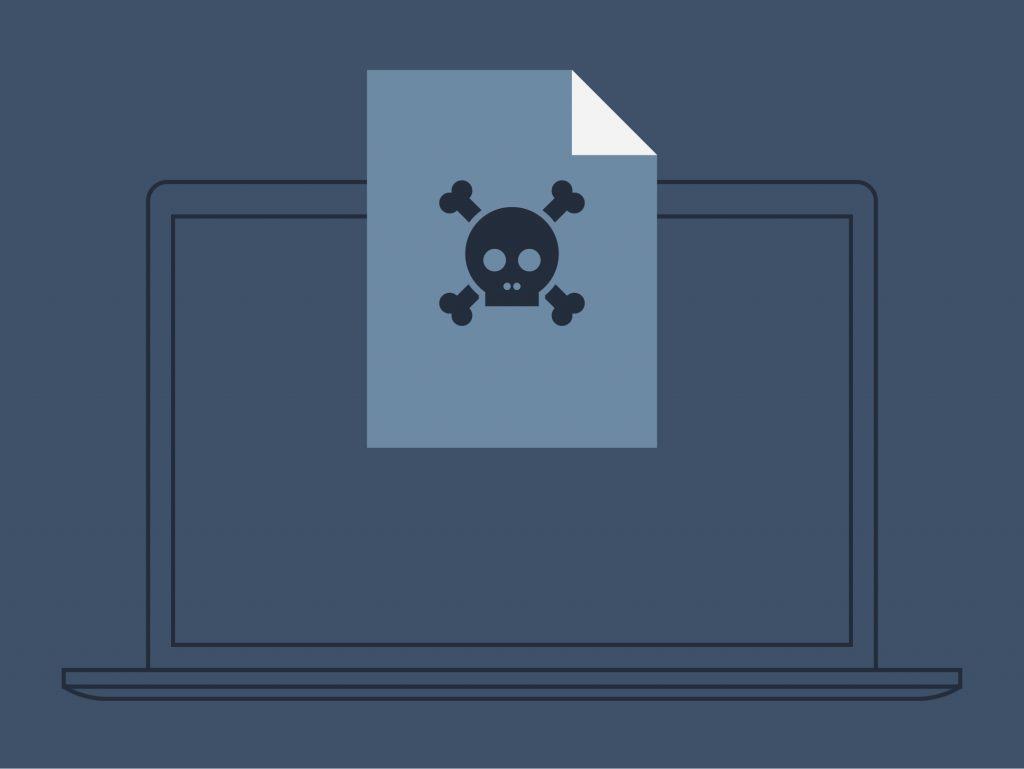Reduce your exposure to ransomware by onboarding new customers and members with SMS user verification
A digital hostage crisis has already hit half of all companies, and the problem is worsening at a record pace: Ransomware. This type of attack seizes files or systems and demands payment for access -- with threats continuing to evolve in severity and sophistication. But just like the analog version of this type of crime, paying the ransom doesn't necessarily make the problem go away. The ransomware can ask for more money (right away or come back later on for another attack). Or, worse, the attacker might just take the money and run, so to speak: One in five businesses that paid the ransom never got their material back, according to a survey by Kapersky Labs. While Kapersky has seen a nine-fold increase in ransomware over the past year, SonicWall reported a 167-fold increase, documenting 634.2 million instances in 2016.
Over half of all companies have experienced ransomware attacks, amounting to 634.2 million instances in 2006, according to SonicWall.
Nine Digits and Rising
While that figure includes blocked attempts, enough of them succeeded to score $209 million from U.S. victims in just the first three months of 2016, according to the FBI, as cited by Reuters.The Lowest Hanging Fruit
"Most of the attacks rely on social engineering to trick people into activating malware," says Larry Loeb, principal of PBC Enterprises. "Ransomware typically targets the lowest hanging fruit." That low-hanging fruit typically begins with spam and especially phishing -- 93% of the latter contains ransomware, and phishing has increased nearly eightfold over the past year, largely as a result. Meanwhile 53% of the companies that participated in another Ponemon Institute survey said they experience an average of 50 spam attacks per month by fake users against bona fide users. Over the course of a year, fake users victimize an average of 21% of legitimate users. More than four out of five businesses have a problem with some form of "bad actors in their user base ecosystem," according to the Ponemon report. And 30% say the bad actors join the website mainly to spam other users, 27% say it's to steal confidential information and 14% do it to try to dupe people into sharing information that might be used for fraudulent purposes. The Ponemon report says that eliminating fake users has the potential to increase the value of a site's user base an average of 44%, according to Ponemon. But not doing anything to respond to this problem means a loss of 47% in the value of the user base, even though fake users represent an average of 10% of a company's user database.
One in five businesses that paid the ransom never got their material back, according to a survey by Kapersky Labs.


 Security
Security 

